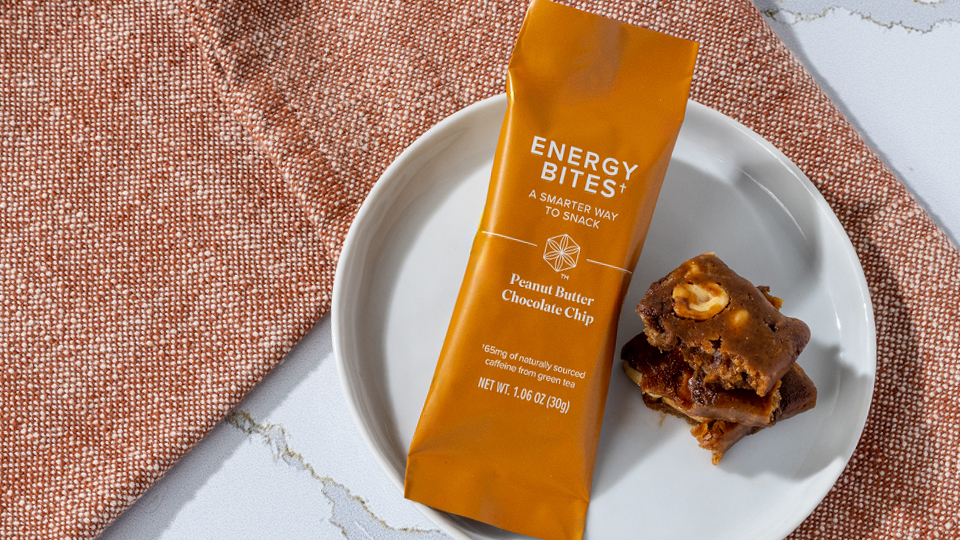A food revolution is starting across America. It’s one where consumers are no longer purchasing any kind of food-like stuff that comes in a box, a bag, or a wrapper in an act of defiance against the culture created by the food industry; with its seemingly endless products that drive us to overeat, gain weight, and from which we derive little nutrition.
Replacing these hyper-palatable, overly processed foods is a new food trend epitomized in a few words from the acclaimed food writer Michael Pollan, “Eat food, not too much, mostly plants” (1). In his books, this is taken to mean whole-type, or minimally processed “real food”, containing only recognizably few ingredients. And it means cooking more at home, plus choosing to prepare meals made up mostly of fruits and vegetables.
From the outset, it’s easy to find value in the movement. The huge increase in the diversity of processed foods in the supermarket in the last half-century has been anything but helpful for people’s waistlines. The general formula food companies used in creating these has not been nutrition. In fact, the very definition of “processed” in this regard has been to remove all that doesn’t taste that great or that is satisfying—namely protein, fiber, vitamins, minerals, polyphenols—and leave only sugar, salt, and fat.
The goal of laying sugar, fat, and salt on top of each other is to arrive at what other writers including Michael Moss and David Kessler have called the “bliss point” or the “you can’t eat just one” phenomenon (2). In perspective, an epidemic of obesity rising in an environment where food companies have been focused entirely on hijacking the brains and taste buds of people to eat limitless amounts of their products is not surprising.
But not all processed foods are the same in their design to encourage overindulgence. There’s a point where even the simple advice of shunning all processed food can go too far. To borrow a phrase, there’s risk of throwing out the processed baby with the salt-sugar-fat bathwater. Also, while the general idea of adhering to a diet comprising of mostly whole foods is praiseworthy, it’s well known that 90 percent of people who try them can’t stay on them for long.
Wherein processed foods are formulated with express intent to improve and satisfy nutritional requirements and appetite is a major difference. Bringing some perspective is a recent review in the American Journal of Clinical Nutrition that makes the case for several processed foods being useful in enhancing nutrition in foods and making them available for more people, as well as reducing food waste (3). These include canned fruits, vegetables, and protein-foods like beans, meats, yogurts, trail mixes, and meal-replacement shakes and bars. It’s unfair to place these types of foods in the same category of potato chips, ice cream, pizza, and soft drinks.
Here’s where Isagenix is completely different from most people’s perception of processed food. As opposed to formulating foods where protein, micronutrients, and fiber are removed for the purpose of accentuating salt, sugar, and fat, Isagenix does exactly the opposite. The company focuses on putting back the protein, micronutrients, fiber, as well as other bioactive components of food from fruits, vegetables, and herbs—and of the highest quality, as determined through rigorous testing—in food in a way that is also convenient and tastes delicious.
The company’s meal replacements shakes, bars, and soups as well as snacks, are formulated for nutrient density, portion control, and appetite satisfaction. The company also invests heavily in clinical research for substantiation of their use within systems for healthy weight management, lean muscle gains, and nutritional support. For this alone, Isagenix deserves to be set apart in its own category for advancing the definition of nutrition and health through food technology in improving people’s health.
References
- Pollan M. In Defense of Food (1st ed.). New York: Penguin Books. 2009.
- Moss M. The Extraordinary Science of Addictive Junk Food. The New York Times. 2013 Feb 13. Available at: http://www.nytimes.com/2013/02/24/magazine/the-extraordinary-science-of-junk-food.html
- ‘0wWeaver CM, Dwyer J, Fulgoni VL, King JC, Leveille G, MacDonald R, Ordovas J, Schnakenberg D. Processed foods: contributions to nutrition. Am J Clin Nutr. 2014 Apr 23;99(6):1525-1542. [Epub ahead of print]






